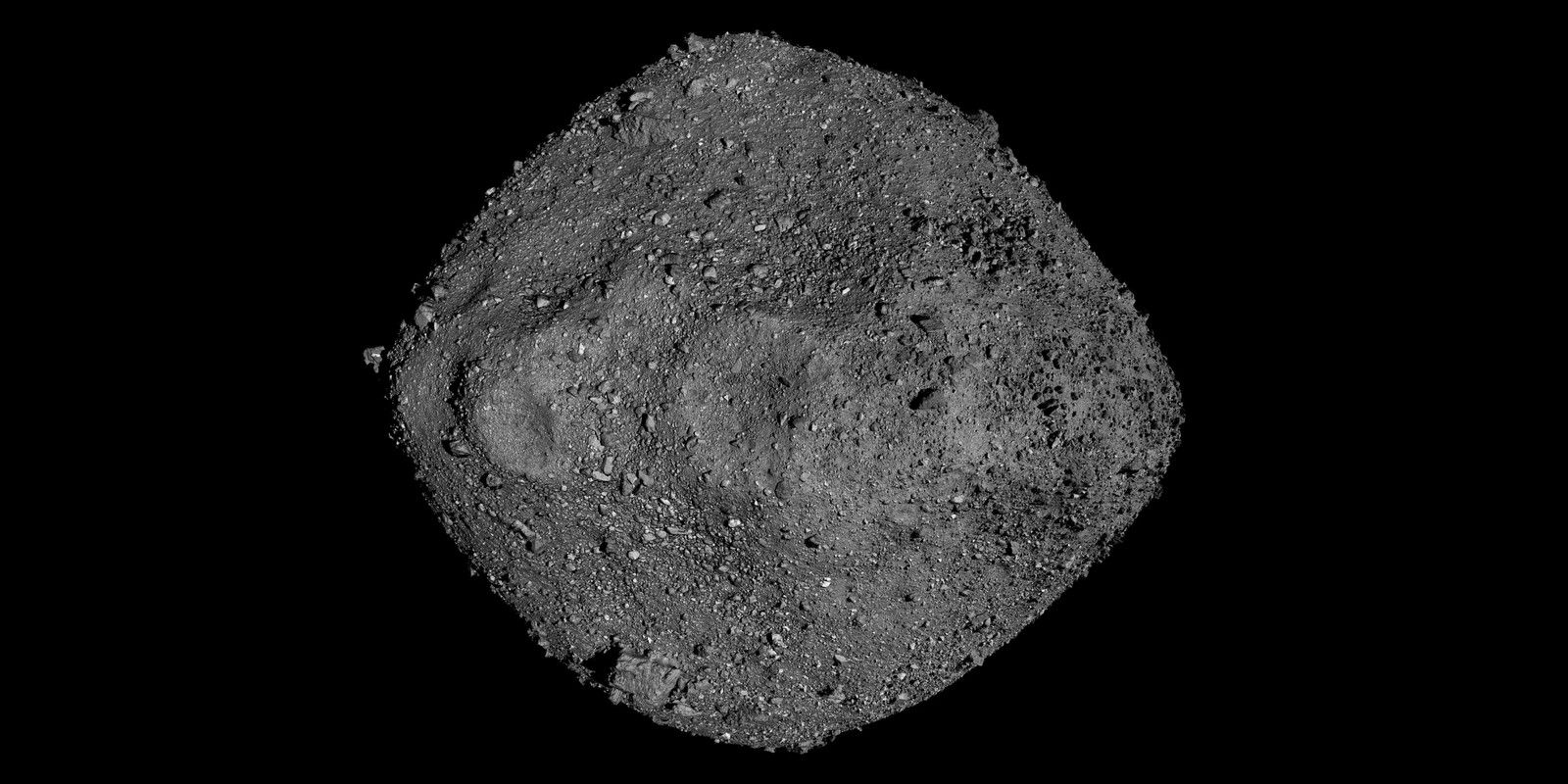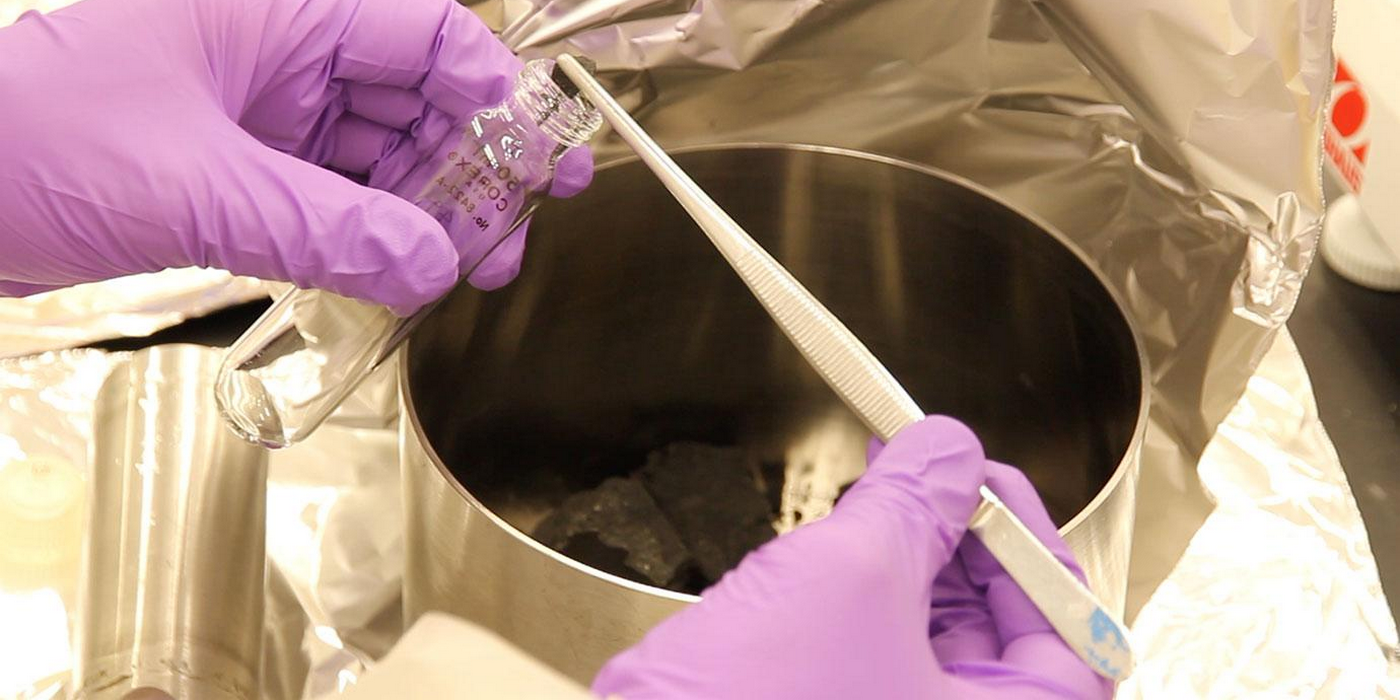Thanks to the OSIRIS-REx spacecraft, scientists observed that the asteroid Bennu was shooting pebbles, but they've now found the first physical evidence of this behavior in a meteorite fragment right here on Earth. Bennu is quite a fascinating topic in astronomy, primarily because it is among the only two solar system asteroids cataloged by NASA that pose a collision threat.
Just over a year ago, data analysis revealed that the probability of Bennu hitting the Earth has slightly gone up and now stands at one in 2,700, or roughly 0.037 percent. As per data relayed by the OSIRIS-REx spacecraft, an impact event might happen on Sept. 24 of the year 2182. While that is still far away, scientists have unlocked a mystery of pebbles shooting from the surface of asteroids like the Bennu.
A team led by Philipp Heck from the University of Chicago analyzed the Aguas Zarcas meteorite and noticed that it had some compact fragments that wouldn't break apart as they tried to break it by the usual cooling and subsequent warming technique. Instead, CT scans show that there were pebbles in the meteorite fragment that appeared squished rather than the regular spherical, and all of them appeared to be deformed in the same fashion. A 2021 research paper published in Meteoritics & Planetary Science also revealed that the Aguas Zarcas had a unique structure that hints at a complex "mixing of various materials in a highly dynamic environment." The latest research published in Nature Astronomy suggests that the complex mixing may have happened because of pebbles moving around and getting crushed due to impact events.
A Novel Explanation For Asteroid Pebbles
Based on the meteorite's rock structure, the team is pushing forward an interesting theory. First, the parent asteroid experienced a collision event that deformed rocks at the area of impact, and due to temperature variations as the asteroid faces towards and away from the Sun, the rocks eventually break apart into gravel. Next, the gravel shoots out from the asteroid's surface, probably due to thermal pressure or another collision event. Finally, these fragments move alongside the main asteroid body bound by a weak gravitational force for a while and eventually fall back on the surface in areas where no impact deformation is found.
When another collision event happens, these loosely-packed fragments – which have been likened to a bucket of popcorn – again turn into a cohesive rock with a distinct geometry. This particular geometry is likely the source of the unique pebble-shaped formations on the Aguas Zarcas meteorite. The team is calling it "the first physical evidence of the geological process observed by OSIRIS-REx on Bennu." The latest research also offers a new explanation of how minerals are rearranged on an asteroid. As for the OSIRIS-REx spacecraft, it will return with a sample of Bennu's regolith in September of next year, allowing scientists to take a closer look at its mineral composition.


